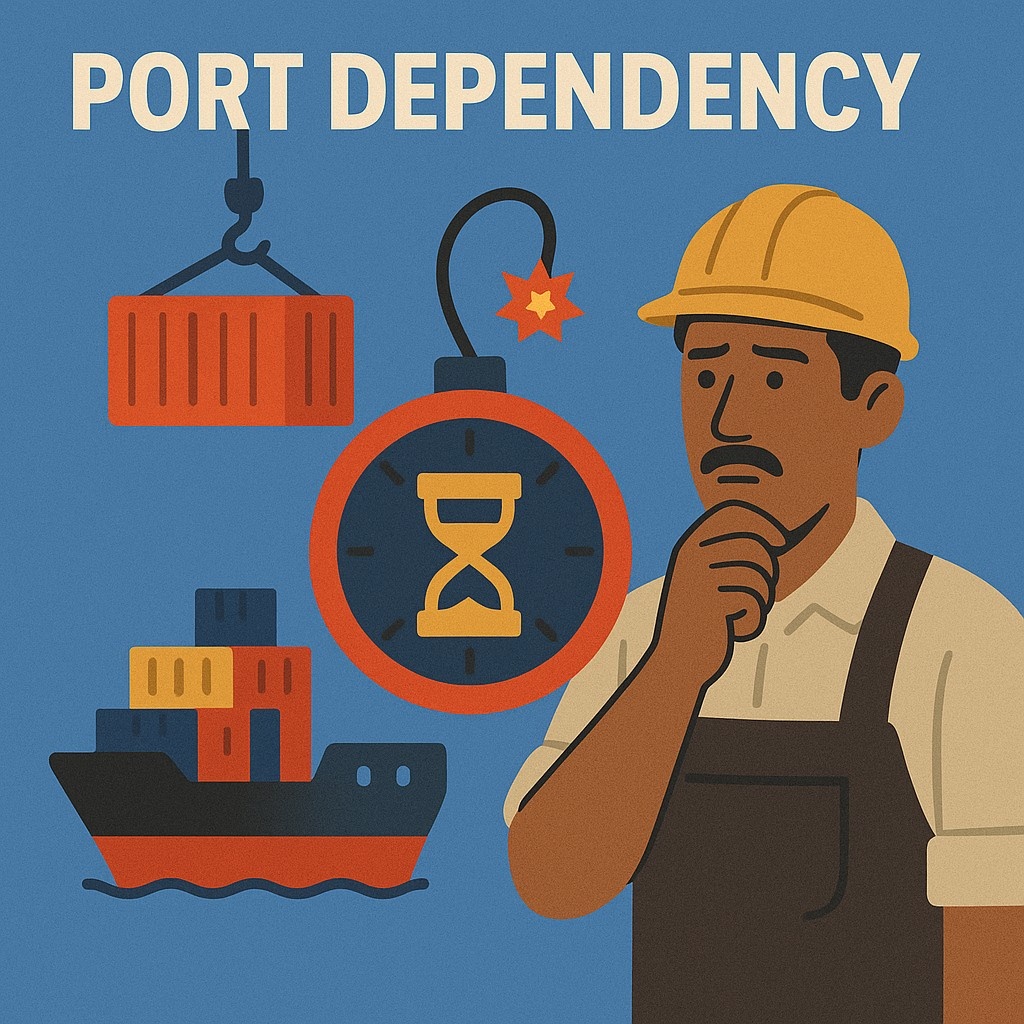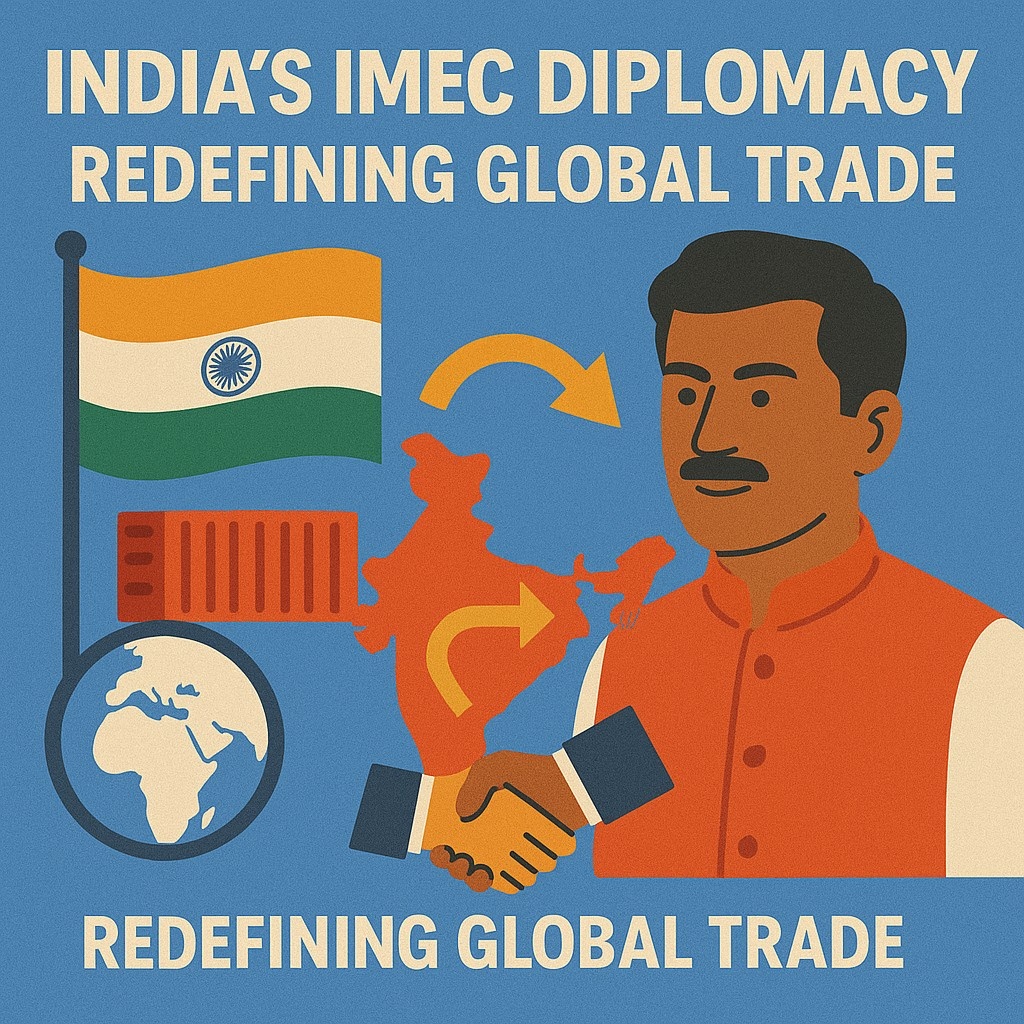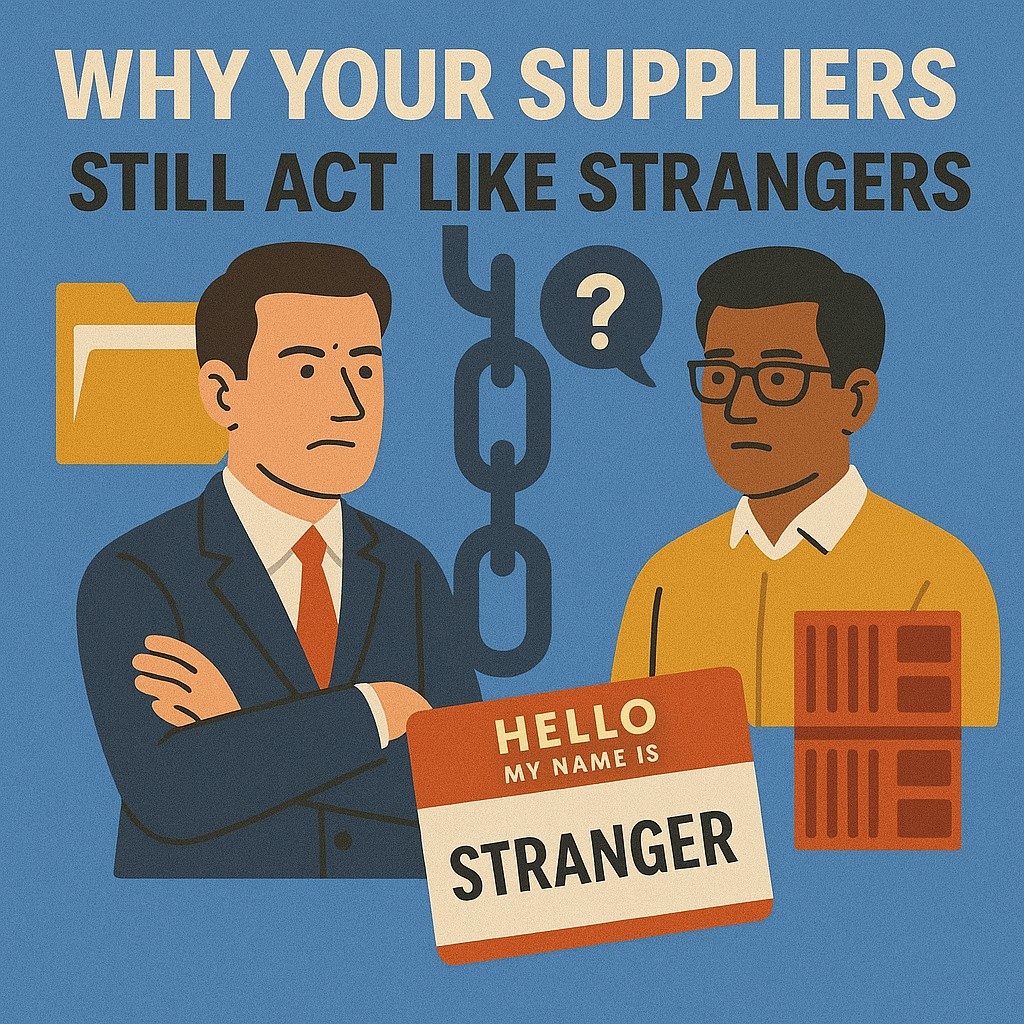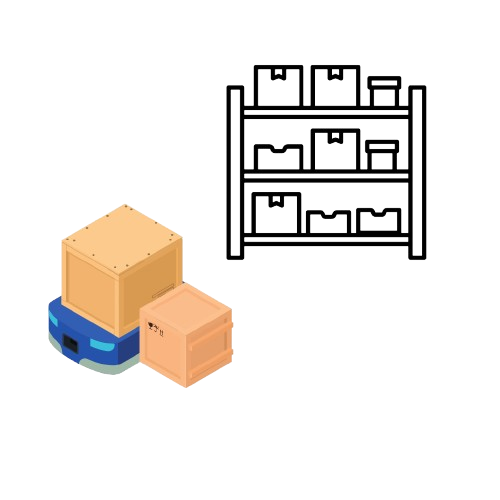On this page
For supply chain leaders across the United States, the persistent question is no longer "When will shipping return to normal?" but rather, "What is our strategy for this new normal?"
While the Red Sea and Suez Canal corridor is technically open, recent events prove that "open" does not guarantee reliability or safety. For businesses dependent on predictable global logistics, this uncertainty presents a critical challenge that requires a strategic response, not a "wait-and-see" approach.
The Persistent Risk: Why "Open" Isn't Reliable
The security situation in the Bab al-Mandab strait remains volatile. Despite some carriers attempting the route, recurring attacks on commercial vessels serve as a stark reminder of the dangers. In the past month, further incidents forced major container lines to revert to the much longer and more expensive route around Africa's Cape of Good Hope—just as a return to normalcy seemed possible.
This ongoing disruption has a direct and costly impact on U.S. business operations:
-
Extended Transit Times: Rerouting adds an average of 10–14 days to every shipment, delaying inventory and production.
-
Soaring Insurance Costs: War-risk insurance premiums continue to climb, adding significant and unpredictable costs to every container.
-
Unpredictable Delays: The constant threat of rerouting leaves supply chains exposed to sudden and severe delays, impacting procurement budgets and manufacturing schedules.
Relying entirely on this corridor means accepting a level of geopolitical risk that modern supply chains can no longer afford.
The Strategic Shift: Why Regional Alternatives Are Gaining Ground
The Red Sea crisis has become a catalyst, forcing companies to fundamentally re-evaluate their global sourcing strategies. A supply chain that is wholly dependent on a single, high-risk transit route is inherently fragile.
In response, forward-thinking U.S. manufacturers are actively diversifying their sourcing portfolios. They are looking to stable, strategically located regions that can reliably serve American and European markets without exposure to chokepoints like the Red Sea. Among these, one region is emerging as a powerful alternative: The Kingdom of Saudi Arabia.
A Premier Alternative: The Rise of Saudi Arabia in Global Manufacturing
Saudi Arabia offers a compelling value proposition for businesses seeking to de-risk their supply chains. Its value extends far beyond simple geography; it is a rapidly advancing manufacturing hub built for resilience.
-
Strategic and Resilient Location: With major industrial cities and ports on the Arabian Gulf, sourcing from Saudi Arabia can bypass the Red Sea entirely for shipments heading east. Its proximity to European and African markets also provides a competitive advantage.
-
Well-Developed Manufacturing Ecosystem: Decades of government and private investment, guided by Saudi Vision 2030, have created a robust infrastructure for a wide range of industries, from petrochemicals to advanced manufacturing.
-
Overland and Alternative Port Options: The Kingdom’s advanced logistics network provides multiple overland routes and access to different seaports, offering flexibility that is impossible when relying on a single maritime passage.
-
Pro-Business Environment: Strong government support and investment are driving competitiveness, making it easier and more efficient for international companies to operate.
For U.S. businesses, sourcing components or finished goods from Saudi Arabia transforms the supply chain from a source of risk into a strategic asset.
The Mindset Shift: Build a Supply Chain for the World as It Is
The era of assuming "business as usual" in global shipping is over. For U.S. teams under pressure to deliver on time and on budget, waiting for perfect conditions is not a viable strategy.
The smartest move is to build a supply chain that is ready for the world as it really is—unpredictable, dynamic, and regionalizing. Proximity, stability, and reliability are now just as critical as the price per unit.
Key Takeaway:
A resilient supply chain is a diversified one. By integrating stable and strategically located partners like those in Saudi Arabia, U.S. businesses can build a durable hedge against global uncertainty and secure a competitive advantage for years to come.
Secure Your Supply Chain Strategy Today
If you are rethinking your sourcing strategy to mitigate risk and build a more resilient operational foundation, the time to act is now.
Contact the experts at Gate Corporation USA to discuss how diversifying your supply chain with partners in Saudi Arabia can protect your business from global volatility.

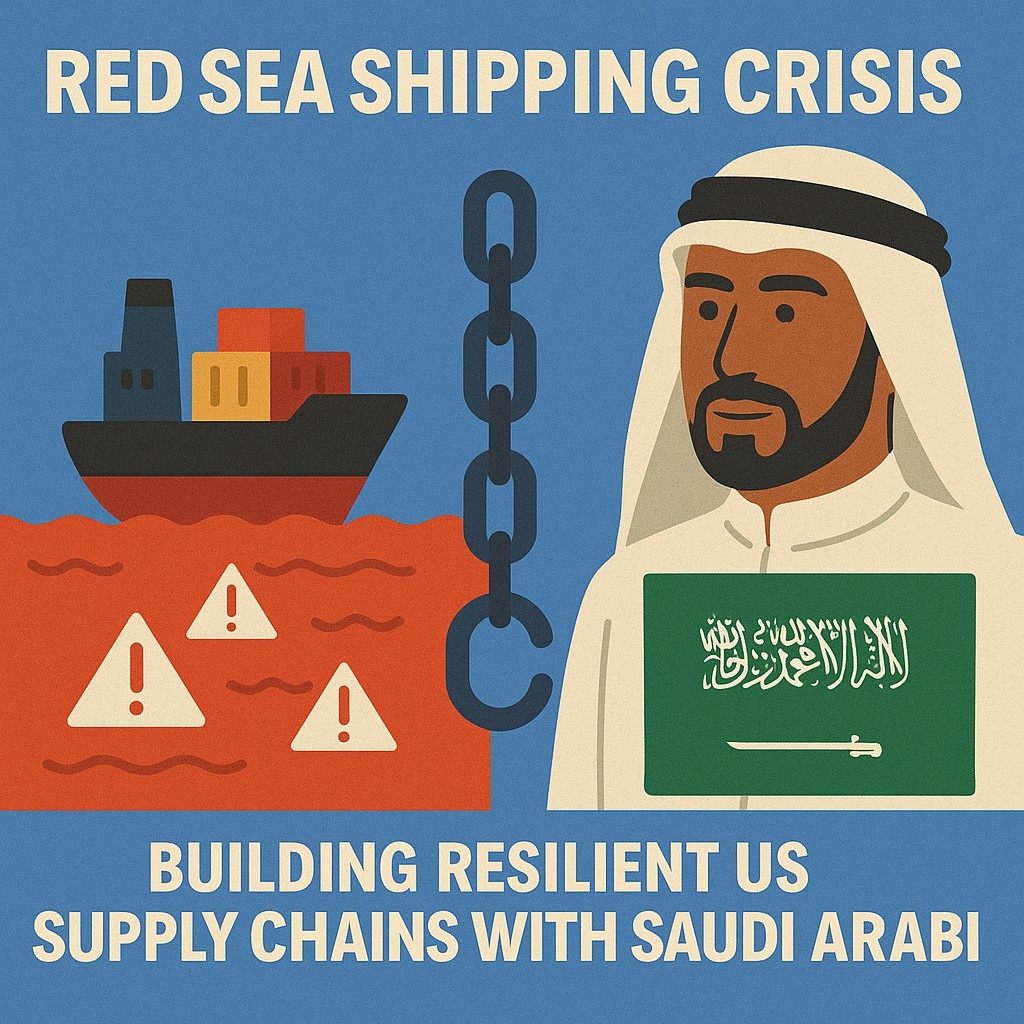
.png)

